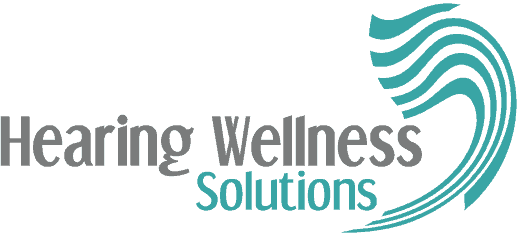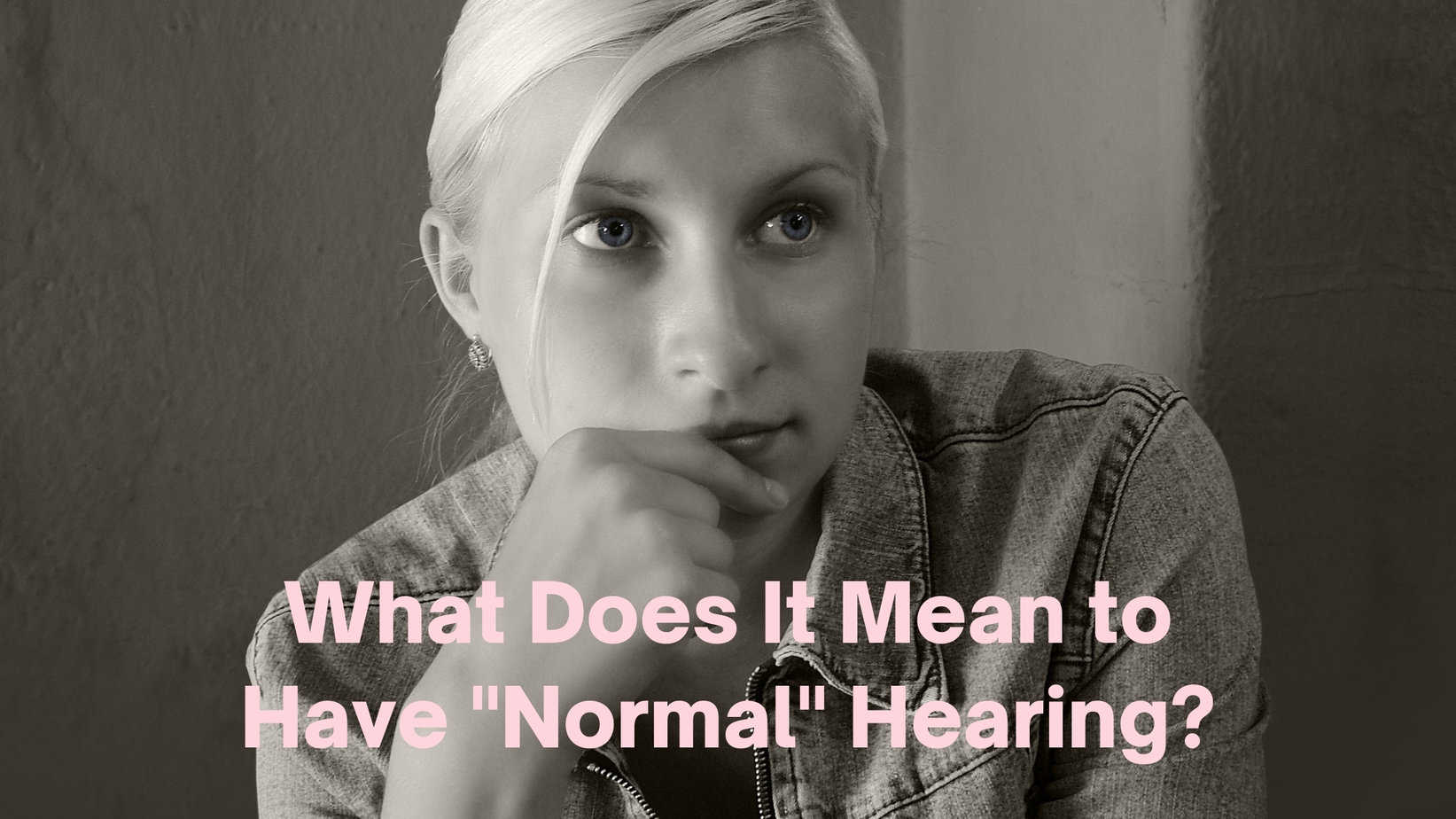We talk a lot about “normal” hearing in audiology, but what is it? By definition, normal hearing is the absence of hearing loss, but if we compare humans to dogs, we might say that we all have hearing loss!
Similarly, if we compare the average 18-year-old with the average 80-year-old, we see that it is quite “normal” for humans to lose hearing ability as we age. In fact, nearly all centenarians have hearing loss, suggesting that if we live long enough, we will all lose hearing ability.
Audiometric Zero
The scale of hearing, as it is represented on an audiogram, is dependent on the concept of “audiometric zero.” Audiometric zero is the lowest level of a pure tone, at a given frequency, that a person with normal hearing is able to detect. Audiometric zero was established by researchers at the 1933 World’s Fair, who conducted hearing tests on thousands of people who attended the fair. The average of the lowest level that fairgoers could hear came to be considered audiometric zero, which is denoted as 0 dBHL (decibel hearing level).
Normal hearing is considered to be anything between 0 and 20 dBHL. It is quite common for people with normal hearing to have 10 dBHL or more loss at some frequencies and no hearing loss at other frequencies. In fact, the structure of the human ear canal tends to accentuate 3 kHz and its multiples, which increases the likelihood of noise-induced hearing loss at 3 kHz and 6 kHz.
Degrees of Hearing Loss: Mild to Profound
You may have seen some hearing aids recommended for “mild to moderate” hearing loss, or “severe.” These terms have numerical significance in terms of the scale of hearing loss. While 0–20 dBHL is normal, 20–40 is considered mild, 40–60 is moderate, 60–80 is severe, and 80–100 is profound. Greater than 100 dBHL of hearing loss is effectively deafness.
Frequent Hearing Tests are Important
We can appreciate that we have such a specific way to measure hearing loss, even before it becomes problematic in a person’s life. With frequent hearing tests, it is possible to see that hearing loss is occurring before it becomes necessary to treat it with hearing aids. Knowing, for example, that noise-induced hearing loss is more likely to occur at 3 and 6 kHz, if we see even 5 dBHL of hearing loss at those frequencies, we might guess that we should be protecting our ears better in certain environments. We can start altering our modifiable risk factors for hearing loss before we sustain significant hearing damage.
The Better Hearing Institute, a not-for-profit organization, recommends getting a hearing test once every decade until age 50, and once every three years after that. Those in high-risk professions or who are otherwise at an increased risk for hearing loss should be tested more frequently.
How Can We Keep Our Hearing “Normal?”
Research into the genetics behind hearing is showing that there is definitely a genetic component to hearing loss. Even the amount of hearing loss we might sustain from excessive noise exposure has something to do with genes. Still, there are things we can do to protect our hearing to try to minimize the amount of hearing loss we will encounter as we age.
Wearing hearing protection in noisy environments is the most important thing we can do to ensure that we will be able to hear long into old age. Even just 15 minutes of exposure to sound levels around 100 dBA (decibels A-weighted) can cause permanent hearing loss, and sound levels as low as 85 dBA (about the volume of a lawnmower) can cause hearing loss after 8 hours of continuous exposure. It’s very important to take note of the sounds we encounter in our jobs and activities, and to make sure that we’re protected whenever sound levels become unsafe.
Smoking tobacco also causes serious long-term damage to our ears. Quitting smoking now is one of the best ways to reduce your risk of hearing loss.
The Brigham and Women’s Hospital conducted a study where participants, mostly white women around age 60, were given frequent hearing tests over the course of 4 years. Those who closely followed an anti-inflammatory diet, such as the Alternate Mediterranean Diet (AMED) or Dietary Approaches to Stop Hypertension (DASH), had almost no hearing loss over this period, where other participants all incurred measurable hearing loss over the course of the study. It seems to be that any practices which are shown to reduce inflammation in the body have positive consequences for our hearing ability.
Hearing Wellness Solutions
If you are concerned about your hearing abilities or are simply just curious about your hearing health, we’re here to help! If you think you might have hearing loss, or if you’re due for a hearing test, make an appointment with us today and find out what you can do to keep your hearing working for you.


